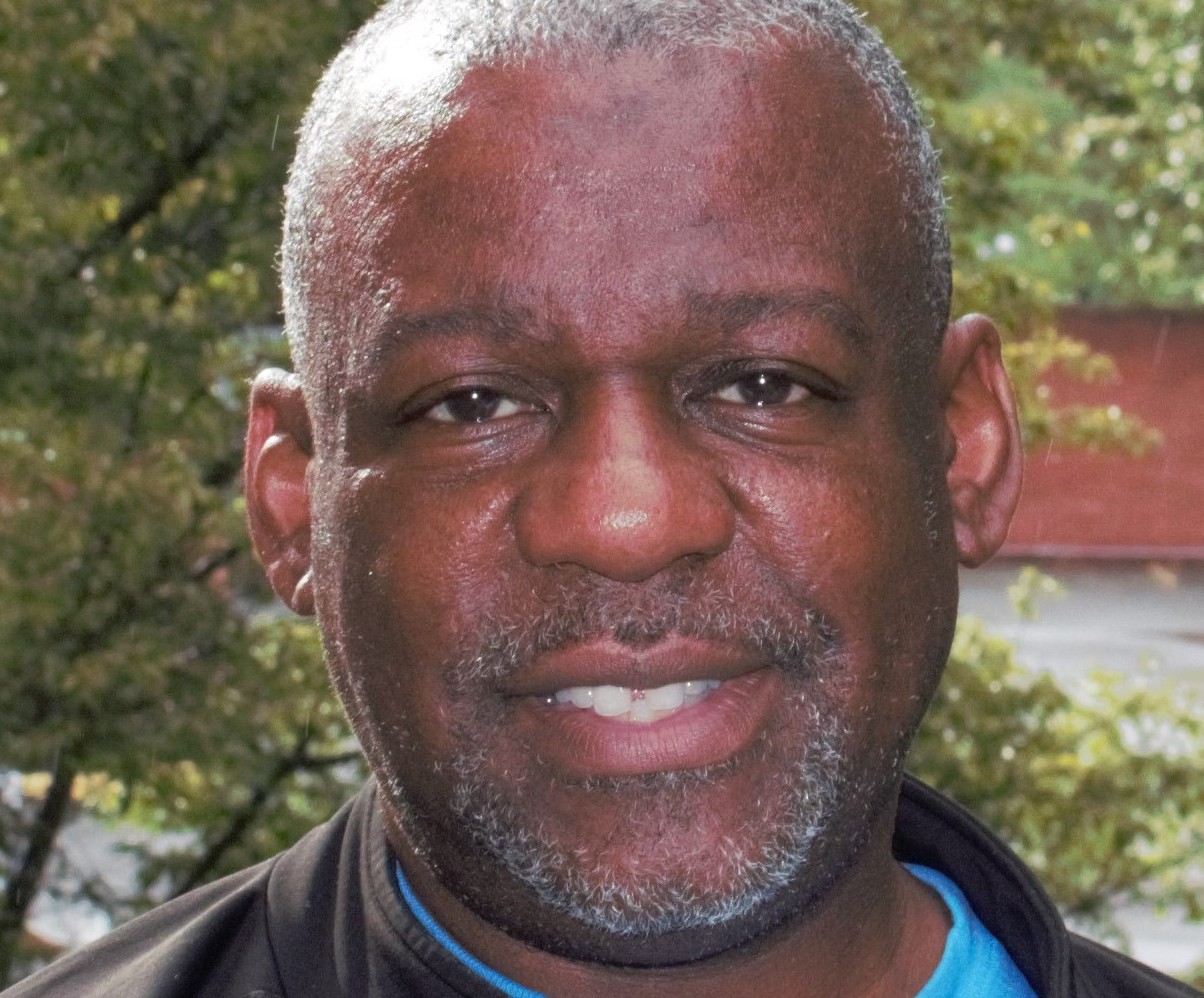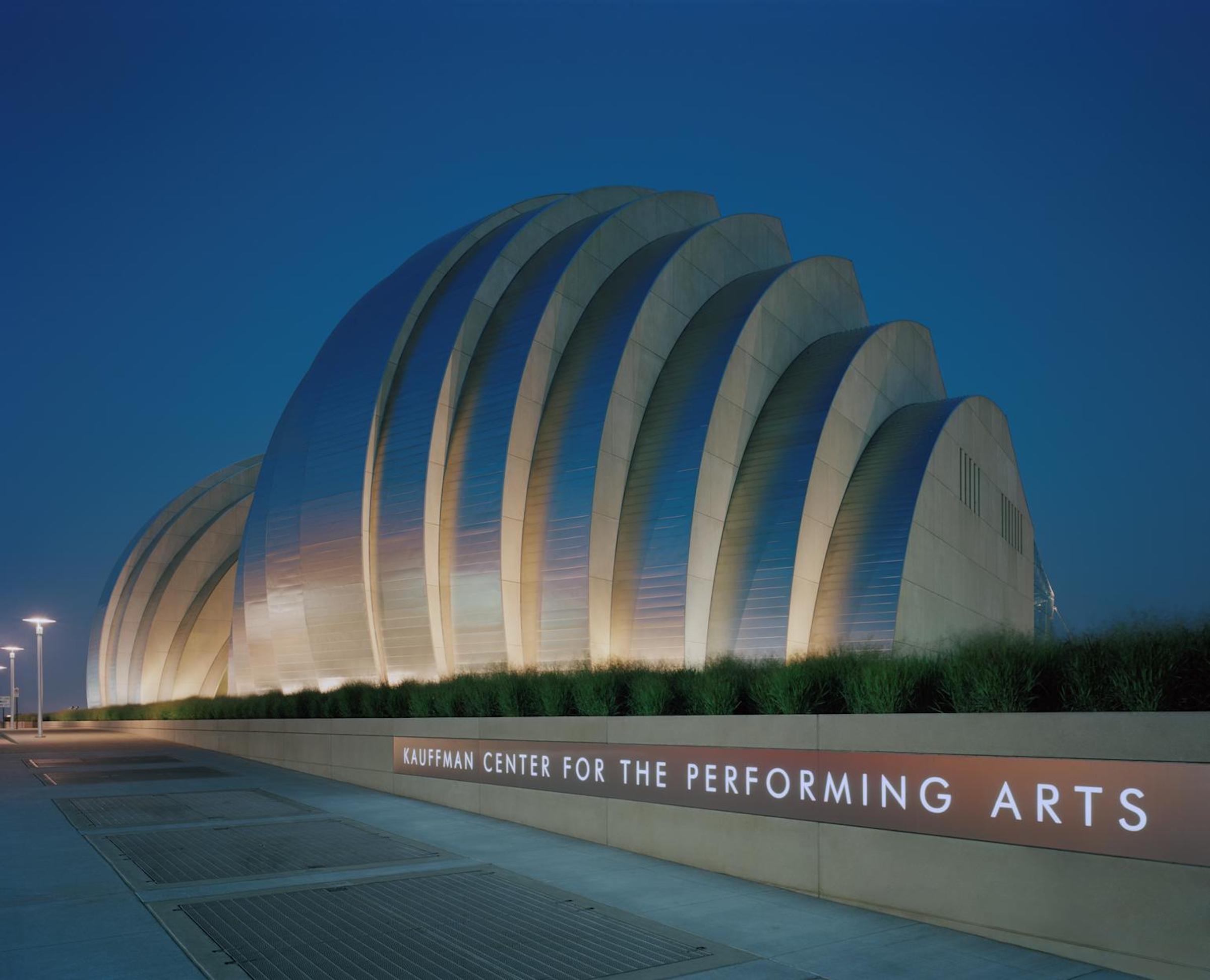SUBTLY… NOT SO MUCH: Lyric Opera embraces Puccini’s most sensationalistic opera
No one ever accused Puccini of subtlety for his potboiler Tosca. A diva agrees to “give in” to a lecherous villain in return for her lover’s freedom. Instead she stabs him. Villain betrays her. The lover is executed. She leaps to her death. Didn’t I see this on the Lifetime Channel? The cast and crew of the Lyric Opera of Kansas City’s Tosca, which opens September 11th, are unperturbed by the traditional criticism of the opera (eminent musicologist Joseph Kerman famously called it a “shabby little shocker”). In fact they embrace the story’s “in your face” quality, says soprano Lisa Daltirus, a veteran of nearly a dozen productions of the opera, who sings the title role. “That’s what makes it wonderful. From the very first chords you hear, you’re like, ‘Whoa … we’re in for something tonight!’” Lisa said that Tosca is no worse than today’s reality shows. “People are voyeuristic; they want to see other people’s lives. This opera plays well right now.”
Directors who add superfluous extra layers of “meaning” onto Tosca’s simple and direct story are missing the point, says director Bernard Uzan, who Lyric Opera fans will remember from his Marriage of Figaro in 2005. “Believe me, it’s not such a complicated opera to direct.” Bernard scoffs at trends to set the opera in the Middle East or Nazi Europe, “where Scarpia is Mussolini, or Tosca is in leather, or she’s Eva Braun. That’s garbage. We don’t need that.” When placed in its natural setting (Rome, June 1800), the opera is allowed to give us just enough politics and history but can focus on the human drama, which is Puccini’s strength anyway.
The Lyric has scored several coups in this production, including the engagement of Lisa, one of the rising stars among American power-sopranos. “She exuded an intangible electricity, that charge that comes across to the audience when something is really happening onstage,” wrote The New York Times of her Tosca. Lisa is joined by Metropolitan Opera bass-baritone Greer Grimsley, one of the leading Scarpias of our time, who most recently has been singing the taxing role of Wotan at Seattle Opera’s The Ring of the Nibelungen. Opera companies in the Midwest were formerly not able to attract singers even close to Greer. The role of Mario Cavaradossi, the painter who is desperately in love with Tosca, is sung by tenor Rafael Dávila, who like Lisa and Greer is making his Lyric Opera debut. The Lyric’s set designer, R. Keith Brumley, and lighting designer Donald Edmund Thomas will be working their magic. How do you make the larger-than-life opera diva Floria Tosca into a real person? It happens in Act 1, Lisa says, thanks to Puccini’s genius in making you “fall in love with her the first time you see her. She’s angry but she’s so much in love with Mario. And you also see her reverence to God.” Bernard agrees about the importance of stressing Tosca’s love at the outset. “If we don’t show, from the beginning, her immense love for Cavaradossi, the opera does not stand, because we don’t understand who she is. Her love for him is really an engine for the opera.”
The Lyric’s production runs September 11th-19th at the Lyric Theatre. For tickets call 816-471-7344 or go to kcopera.org. Also see the Lyric’s fun and informative blog at kcopera.wordpress.com. IN BRIEF: * The Kansas City Hospice and Palliative Care held its most beautiful fund-raiser ever, on August 29 at the Hyatt Regency Crown Center Hotel. It was a masquerade ball at which 600 enjoyed cocktails, a silent auction, dinner and live entertainment. On hand for Phantom Comes to the Hopera, the group’s sixth annual Hospice Hop to benefit Kansas City Hospice House, were four fine opera singers with local ties. Celebrated soprano Ida Nicolosi and our own “three tenors,” Nathan Granner, Ben Gulley and Kip Wilborn sang selections from The Phantom of the Opera and from real operas that were nothing short of sensational (especially the final Nessun Dorma sung by all three tenors). Moreover, the regal-looking candelabras (and fabric treatments by Jim Mooney, at whose table I sat) made the place look remarkably classy. The honorary chairmen were Beverly and Larry Mallin, and the chairmen were Sharon and Jeffrey Mallin. The enormous effort paid off: The evening brought in $389,000, more than twice the amount raised last year. The prestigious and not-to-be-missed Wylliams/Henry Contemporary Dance Company presents the first North American performance of a major work by up-and-coming choreographer Josh Beamish, Trap Door Party, at 7:30 p.m. September 10th and September 11th at White Hall, 4949 Cherry on the UMKC campus. The program also includes Autumn by Mary Giannone Talmi, Give Your Hand to Struggle by Jawolla Zollar, Orfeo by José Limon and other works. Tickets cost $24, with discounts for students and seniors. Call 816-235-6222 or go to wylliams-henry.org.
* NewEar Contemporary Chamber Music Ensemble presents Music and Minimalism, part of the Second International Conference on Minimalist Music hosted by the UMKC Conservatory of Music and Dance. The program includes path-forging music by Tom Johnson (Narayana’s Cows, with the composer narrating), Terry Riley (Autumn Leaves), Barbara Benary (Sun on Snow), Phil Niblock (Tow by Tom), Jacob Ter Veldhuis (The Body of Your Dreams) and Vladimir Tosic (ARIOS). The program was performed September 3rd at UMKC and is repeated at 8 p.m. September 12th at the Bell Cultural Events Center, MidAmerican Nazarene University, Olathe. For tickets, call 816-235-6222.
Features

Tyrone Aiken danced prodigiously as a youth, trained at The Ailey School as a young adult, worked as a professional dancer at the height of the New York dance ferment,…

CAROLINE DAHM Dancer, choreographer, producer, master teacher, adjunct dance professor at The UMKC Conservatory, assistant director at Wylliams/Henry Contemporary Dance Company What I love about the Kansas City performing-arts scene: Kansas…

It’s difficult to remember what the Kansas City skyline looked like 20 years ago, before the Kauffman Center for the Performing Arts began to take shape at 16th and Broadway.…






